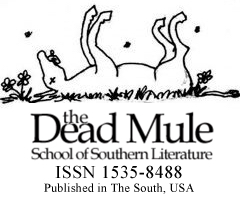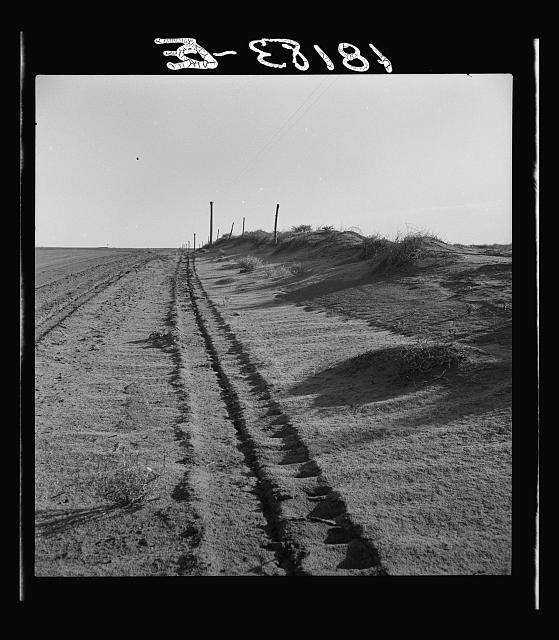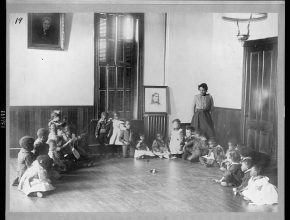Southern Legitimacy Statement: Get used to the fact that when you move to South Carolina you will hear these every day: “Yes Sir, Yes Ma’am,” and “what church do you go to?” When you walk into a restaurant or fast food place and ask for “regular tea please,” understand that Sweet Tea is regular tea out here. If you want the Yankee kind, ask for “unsweetened tea, please”.
Sherman’s Sentinel
There is a movement afoot to erase signs of the Confederacy from the landscape of the South. But can removing statues and plaques and flags change reality?
“We don’t want to memorialize that shameful episode in our past,” I hear those high-and-mighty whiners say.
“So, let’s just pretend it didn’t happen. And let’s banish all signs and mentions of the Native Americans. After all, we don’t want to memorialize the genocide perpetrated on them, do we?”
Driving down a two-lane South Carolina country road, woods on the left, fallow fields on the right. I began this trip before sunrise and watched the morning light awaken the world to a blue-gray dawn, the colors of the confederate uniforms worn so very long ago. Now, the sun has risen two-thirds of the way up the windshield, comfortably bright in a blue sky stippled with clouds that will become a solid gray ceiling within the half-hour.
And there it sits on the edge of the woods: a lone, disintegrating fireplace and chimney. How long ago did it warm some forgotten, unknown living room? What stories does it hold in its fading memory?
Young South Carolina cherry and pine trees are crowding in on it, surrounding it. They are barely six feet tall but stand above the gathering weeds like soldiers among groups of children. Climbing ivy already reaches the top branches of the young trees; the ivy that engulfs so many stands, smothering them into decaying piles of wood dust.
This chimney is made of yellow bricks the color of margarine. Standing but nine feet high, it has been here maybe a hundred years, perhaps five decades beyond that, weathering in the sun and rain, the heat and cold, even the occasional dusting of snow. It stands old and forlorn, helpless in its losing battle with nature.
How many nights did a family sit in front of it shaking the black popcorn skillet in its fires? Did children and parents play games in front of its hearth?
Could it tell us of the moments of love husband and wife shared, warmed by its glowing embers?
Perhaps a grandmother used its fires for cooking a hearty stew in a pot suspended over licking flames. Did guests join the family for storytelling in its nightly light?
How old is it? Was it built by craftsmen’s hands before Sherman came through with his march of army ants, burning homes in the agonies of military strategy?
Surely, there must be joyful stories to be shared. But now, alone in its losing last stand, the atmosphere is one of gloom and doom. It’s the sad memories coming to the front. How many generations came and went? How did its house die? Was there a destroying fire? Did it succumb to a fierce storm? A rare, ravaging tornado? Maybe the last occupants simply moved away, leaving the house to slowly dissolve and crumble away from it.
It stands now a headstone over the grave of a house, once a home.
It stands in the ranks as one of the thousands of Sherman’s Sentinels spread across these southern states.
END







